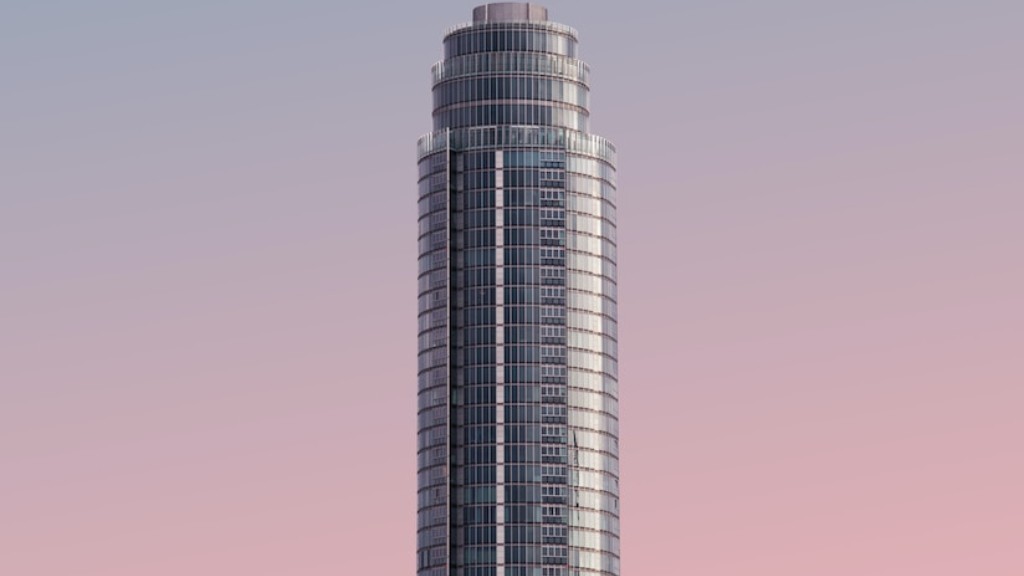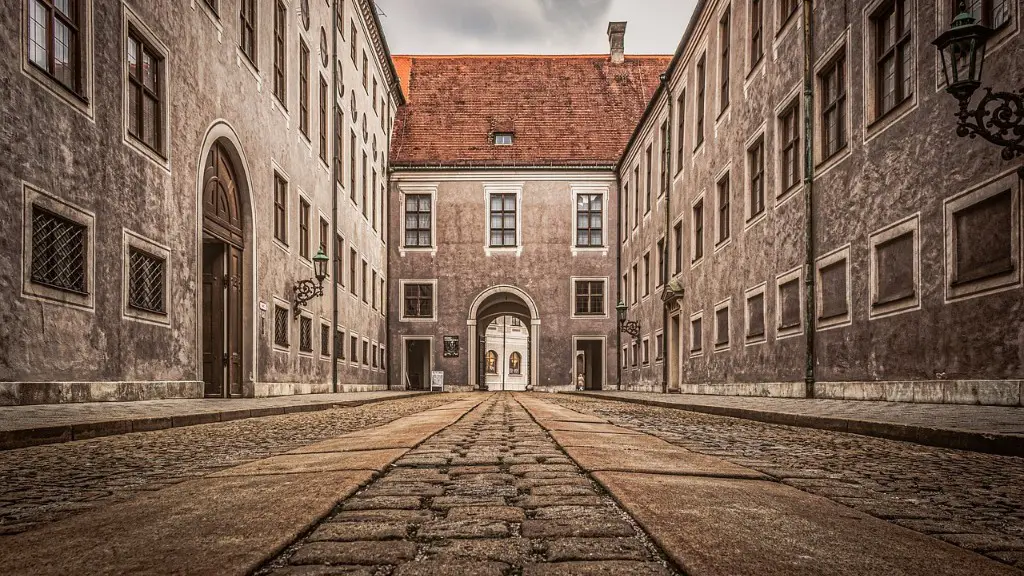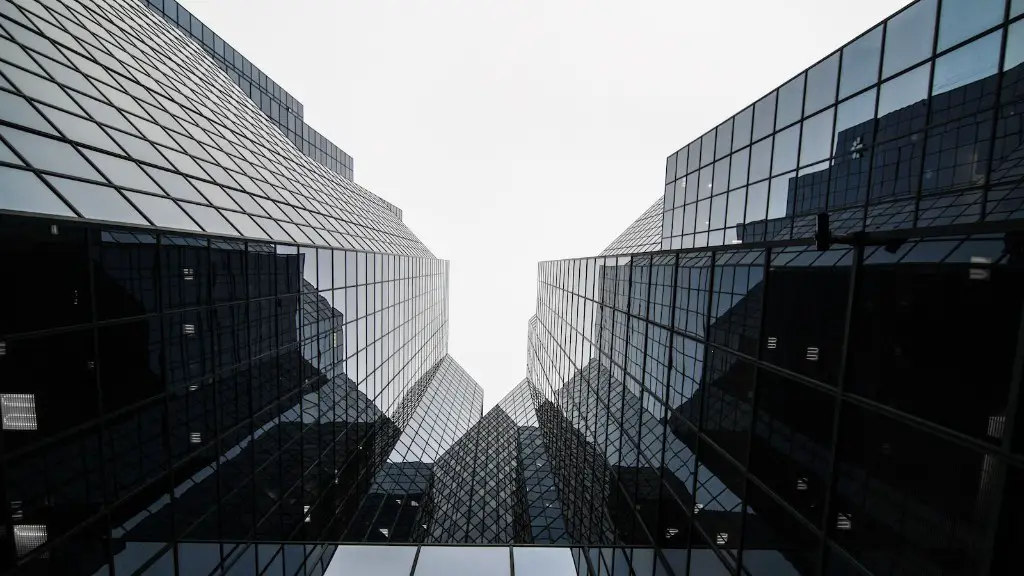Making Sense of Structure
Architecture is the art and science of designing and constructing buildings for the purpose of providing protection, shelter, and function. It encompasses a variety of different styles and techniques rooted in sociology, math, physics, psychology and engineering. Why do I like it so much? Three reasons come to mind: it allows to express myself, it’s aesthetically pleasing, and it functions as a way of communicating with people.
When I look at a building, it often feels as if I’m looking into its soul. I’m able to immediately detect a building’s purpose and it is through this understanding that I can appreciate the details of its construction and design. This knowledge allows me to make sense of its structure and appreciate the artistry behind its creation.
For me, architecture is about more than beautiful buildings. It’s about creating something that transcends time. It’s about making something last. Whether it’s a modern skyscraper or a classical masterpiece, the spirit of the building is preserved in its design and its construction reveals the genius of its creator.
The aesthetics of architecture are also appealing. Color, texture, line, form and light all play a role in creating a captivating space that invites viewers to explore it further. The visual elements of a building combine to create an overall atmosphere that can be calming, stimulating, intimate or intimidating.
The ability to create and manipulate these elements is what makes architecture exciting. Through careful planning and creative problem solving, architects and designers can transform a mundane space into something extraordinary. This power of transformation resonates with me and arouses my passion for architecture.
Bringing Life to Ideas
In addition to its aesthetic and structural components, architecture also functions as a physical embodiment of ideas and beliefs. States, nations and even companies use architecture as a way of showing off their strength and power to the world. Structures like Roman aqueducts, Gothic cathedrals and Aztec Temples speak volumes about the progress made by the civilizations that created them.
In the same way, contemporary architects strive to create buildings that are equally meaningful. By translating an idea into a physical structure, an architect can communicate a message more effectively than through words alone. The most successful architecture does more than just look good, it conveys powerful ideas that inspire, challenge and move viewers.
As an architect, I often find myself daydreaming about the possibilities of architecture. What kind of world would I create, and what statement would I make through its design? These questions and the thought-provoking opportunities they present continuously push me to explore the art form.
Exploring Patterns and Connections
Architecture is also about understanding the relationship between structural elements, the environment and the people that inhabit the space. By studying the build environment, I can gain a better understanding of how a particular culture perceives space.
Sometimes it can be educational and sometimes it can just be fun. Examining various styles and techniques side by side can yield interesting comparisons, such as how certain cultures place a premium on privacy while other cultures place a premium on communal space.
No matter the style, architecture is an effective way of encouraging people to interact with their surroundings. When an architect takes the time to consider the needs of their audience, the result is a design that speaks to the people and encourages them to take part in the space. That’s why I find architecture so interesting.
Creating Worlds of Possibility
Designing and constructing space can be a daunting task. At times, it can take a lot of trial and error to create something meaningful. But it’s also incredibly rewarding. Watching a blueprint come to life through the hands of hardworking laborers, decorators and artisans gives me a sense of fulfillment.
In addition, it’s great to be able to take the abstract concepts from my imagination and bring them to life. Construction offers me a chance to challenge myself and have a hand in creating something that is more than just bricks and mortar.
In essence, architecture provides me with an opportunity to explore my creativity and unlock the potential of space. When I look at a finished building, I often view it as a window into another world – a world that I helped create.
Analyzing the Future
One of my favorite aspects of architecture is its ability to adapt to the changing times. It is the timelessness of the form that intrigues me.
Though the fundamentals of architecture remain the same, the way it is utilized and the materials employed will surely evolve over time. Structures designed in the present must account for future trends and preferences, otherwise they will quickly become obsolete.
In order for architecture to remain relevant and effective, it must adhere to the highest standards in terms of aesthetics and functionality. For me, understanding and embracing these standards is an important part of the process. It ensures that my designs will stand the test of time.
Growing with the Profession
Architecture is also a great way to stay abreast of the latest trends in design. Technologies are constantly advancing and new materials are being developed, so staying ahead of the curve is essential if one wants to be successful.
It is inspiring to see how these advances are making it easier for designers to bring their visions to life. For me, this means that the boundaries of my creativity are pushed further and further every day.
At the same time, I am reminded that specialized knowledge and understanding is necessary in order to properly utilize the materials and technology available. As such, one can never stop learning and experimenting if one hopes to be a great architect.
Exploring the Ethical Aspects
Architecture is also about planning for the future. Every decision an architect makes impacts the environment and the wellbeing of those who inhabit the building. This has led me to think long and hard about the ethical implications of the designs I create.
Before committing to a design, I often ask myself questions such as: will it be energy efficient, sustainable and cost effective? Will it be respectful of the environment and of the people who occupy the space? Every project provides an opportunity to make the world a better place, and I take this seriously.
As an architect, I feel that it isn’t enough to simply create aesthetically pleasing structures. One also has to consider how a building interacts with its surroundings and how it contributes to the greater good.
Understanding the Purpose
Ultimately, my love of architecture is rooted in its purpose. Architecture is more than bricks and mortar – it’s a physical manifestation of the hopes and dreams of its creators. To me, it is a way of expressing and connecting with the world.
Whether I’m designing for a client or for myself, each project is an opportunity to make a statement and shape the future. And when I’m able to do that, I am reminded of why I find architecture so inspiring and rewarding.


